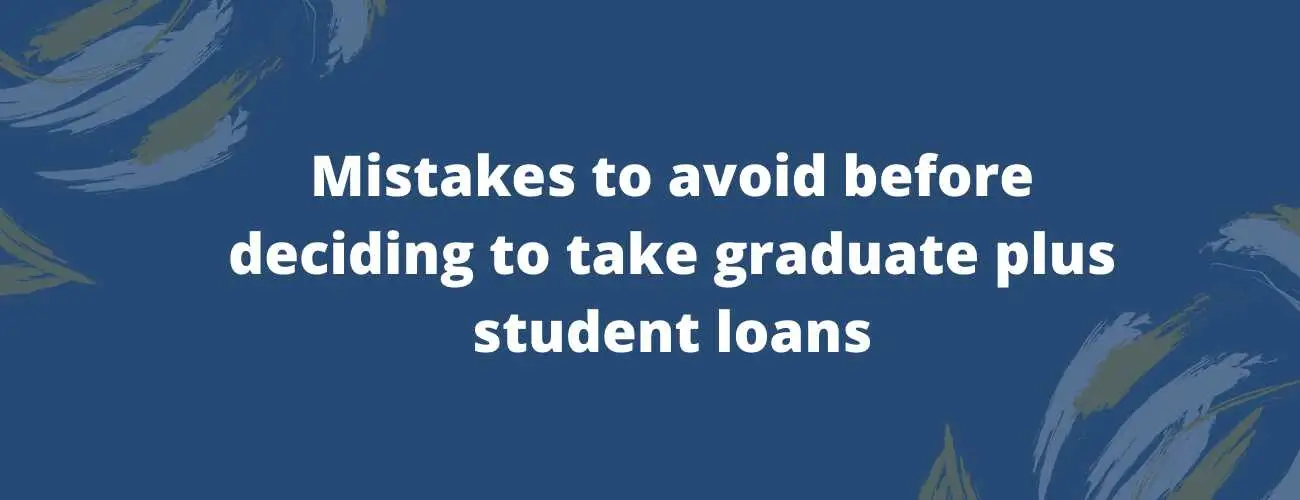Best Private Student Loan Forgiveness Programs
The current easiest possible way to get rid of private student loans is to get qualified for any of the private student loan forgiveness programs. Here we provide an insight on the various private student loan programs along with their eligibility criteria.
Updated by Theres Ann on 28th October 2020
The easiest way to get rid of private student loans is to get qualified for any of the private student loan forgiveness programs. The student loan forgiveness programs help to get rid of the loan debt after making on-time payments for several years.
It's difficult to find private loan forgiveness, hence, we have given some of the programs below which can help you with the same.
Table of Contents
- Borrower's defense against repayment program
- Qualification for borrower defense to loan repayment
- Process of Navient Student Loan Application
- Closed School Discharge Program
- Corinthian Colleges Student Loan Forgiveness Program
- ITT Tech Lawsuit and Student loan Forgiveness Program
- DeVry Student Loan Forgiveness Program
- Aequitas Capital Student Loan Forgiveness Program
- Cedar Education Lending Private Student Loan Consolidation
- Private Student Loan Modification Programs
- Private Loan Bankruptcy discharges
- Process of Student Loan Bankruptcy Discharge
- Which type of bankruptcy should be filed for discharge?
- History of private student loan bankruptcy law
- Private student loan forgiveness through jobs
- How can I lower my private student loans?
- What are the issues in debt settlement?
Borrower's defense against repayment program
The program aims to grant forgiveness to students with Federal student loans who have been misled by the college or compelled them to engage in misconduct, by violating certain laws.
For Federal student loans based on borrower defense, an online application is submitted in any of the following ways - An online application form is submitted along with a digital signature.
An additional application can be added as a part of the external documentation while starting the application process.
A fillable PDF application form is generated, printed, and signed in. The completed form by mail is sent to the US Department of Education.
Documents that would be helpful for your application are - Documentation for school applied for borrower defense, the program of study, and dates of enrollment.
Preparation of additional documentation before starting the application process is recommended by the ED. Promotional materials from the school, emails with school officials, and the school’s manual or course catalog are essential.
Qualification for borrower defense to loan repayment
To be qualified to receive the borrower defense to loan repayment, the criteria to be met by the borrower are given below.
-
The school misled you or engaged in misconduct in violation of certain laws.
-
Borrower defense can be demonstrated through an act or omission.
-
Violation of state law for a federal student loan or related educational services.
-
To be eligible to receive student loan forgiveness, a part or all of your outstanding student loan debt has to be forgiven. Personal injury claims do not qualify for borrower defense applications.
-
Separate applications must be submitted for each school of attendance.
Though student loan repayment comes in different forms, one of the most common types of repayment is the Income-Driven Repayment. IDR can result in debt forgiveness at the end of the 20-25 year repayment term.
Career fields such as social work or education can result in debt forgiveness after 10 years. Forgiveness programs are available for loans including Direct Subsidized or Unsubsidized loan, Direct Consolidated loan, Direct PLUS loan, Direct Stafford Subsidized or Unsubsidized Loan.
If your Navient loans are federal, then you are eligible to receive benefits from any of the programs.
-
Income-driven repayment programs - It helps to make smaller monthly payments for the longer-term. If at the end of the term all your payments are made on time, and in full amount, then the remaining balance of federal student loans are discharged.
-
Public Service Loan Forgiveness - The public service loan forgiveness program is offered to a category of public service professionals, after 10 years of loan payment under the IDR Plan. People who work in the public sector or non-profit organizations receive benefits from this type of program. Many loan forgiveness jobs are qualified to get loan forgiveness benefits.
-
Total and Permanent Disability Discharge - This program is available to borrowers who make student loan payments due to total and permanent disability.
-
Teacher Loan Forgiveness grants $17,500 to teachers who work in title 1 school for nearly 1 year.
Process of Navient Student Loan Application
Application to repayment plans and other forgiveness programs becomes easier with the help of Navient. Navient being a loan servicer helps in managing your loan payment, and application and switch of repayment plans.
Navient has separate applications for Income-Driven Repayment Plan, Public Service Loan Forgiveness Application, Disability Discharge Application, and Teacher Loan Forgiveness Application.
Private Loan Assistance Programs like those offered to healthcare providers, by the National Health Service Corps helps in refinancing and negotiating lower monthly payments.
It is possible to have federal and private loans serviced by the Navient.
Closed School Discharge Program
The closed school discharge program is another program aimed at private student loan forgiveness.
The 100% discharge of a loan is possible for William D Ford Federal Direct Loan Program or Federal Perkins Loan Program if the candidate is unable to complete his/her program due to the closure of his school.
The student is also eligible for Closed School Discharge Program if the candidate was enrolled when the school was closed, or if the candidate was on an approved leave of absence when the school was closed, or if the school was closed within 120 days, after the withdrawal.
The candidate remains ineligible to obtain the loan discharge if the candidate’s school closes and any of the following conditions remain true.
-
Withdrawal for more than 120 days except in exceptional circumstances.
-
The candidate prefers the completion of a comparable educational program at another school.
-
The applicant is completing a parallel program at another school, by transferring academic credits from the closed school.
-
The student has completed all the coursework at school even if he/she has not received the diploma and certificate.
During the process in which the discharge application is being reviewed, you wouldn’t have to make your payments.
The loan servicer would be able to provide clear insights on whether payments are to be made during the application review period.
If after the review, you received a loan discharge for the entire amount of your loan, then you wouldn’t have to make any more payments.
However, only if a small amount of your loan is granted a discharge then you would have to repay the rest of the amount.
The US Department of Education will initiate the Loan Discharge and will be notified to you by the loan servicer. If in any case the discharge is denied then you will be held responsible for repaying the loan amount.
Corinthian Colleges Student Loan Forgiveness Program
Borrowers from Corinthian owned Heald College, Everest Institute and Wyotech campuses filed a complaint against the ED’s handling of borrower defense as these campuses misrepresented job placement rates for certain programs.
The preliminary injunction prevented the Department of Education from using discharge methodology challenged in the litigation.
With the rights granted by the injunction, the borrowers from the Corinthian institutions needn’t pay their loans, and forbearance is granted to them.
ITT Tech Lawsuit and student loan forgiveness program
ITT Tech student loans can be discharged in two different ways -
-
Using the Borrower Defense against Repayment Program
-
Using Closed School Student Loan Discharge Program
In the first case, ITT Tech is an institution that has complaints filed against fraudulent activity to students. Hence, the institution’s students can easily make use of the borrower defense against the repayment program.
ITT Tech Loan Discharge Program application process
-
Fill out the closed school loan discharge application
-
After the form has been filled it has to be sent to the loan servicer
-
Wait for the response to see if your application is approved
The loan servicer can be found out by logging in to the My Federal Student Aid Website.
DeVry student loan forgiveness program
Two completely different student loan forgiveness programs include FTC’s Settlement with Devry and Borrower's defense to repayment discharges.
Partial refunds were granted to-
-
People who were enrolled in a Bachelors or Associate's degree program.
-
Already made a payment of at least $5,000 with cash, loans, or military benefits.
-
Those who did not get a debt or loan forgiveness as part of this settlement also received partial funds.
-
Completed at least one class credit.
Aequitas Capital student loan forgiveness program
Aequitas Capital, a popular Hedge Fund, has partnered with the Corinthian college in misleading students to draw out nearly $200 million in student loans.
The National College Student Loan Forgiveness Program is one another forgiveness program similar to that of the Corinthian College.
Private Student loan consolidation is another effective strategy that can be adopted. However, private student loans cannot be consolidated with federal loans. But there are several options to refinance private student loans.
In private loan consolidation, one or more private loans can be combined into a single loan. Interest rates on private loans are based on credit scores.
Moreover, if the credit scores have increased by 50-100 points, then you may be able to consolidate the loan with another lender at a lower interest rate.
You can even speak to your current lender if he/she would offer a lower interest rate for the loan because of an increase in your credits.
To effectively lock in the interest rate, you can use a fixed-rate home-equity loan to pay off the private education loan.
Some of the consolidation lenders include Citizens Bank, Citizens One, LendKey, Cedar, and more.
Citizens Bank helps in refinancing your student loans to keep more of what you earn each month. You can find your personalized rate and savings within two months.
Rates can be as low as 2.98% APR.
An average of $2,544 per year is saved. It is possible to refinance the loans the parents took on behalf of their children and lower their rate by 3.71% by refinancing their federal plus loans.
Citizens One, the National lending division of the citizen’s bank helps in refinancing student loans and keeping more of what you earned each month.
The interest rates are as low as 2.98% APR. An average of $2,544 per year is saved.
Refinancing of parental loans taken on behalf of children is also allowed which thereby reduces the rate by 3.71% by refinancing the federal plus loans.
LendKey is another consolidation lender, that saves tonnes of time and money by instantly comparing student loan refinancing rates from 275+ community lenders.
You have an option to choose the rate and the monthly payments, that fit your budget and enjoy unmatched benefits.
Up to 18 months of unemployment protection is provided and utmost security is granted.
The fixed interest rates range from 5.13%-8.97%. Variable interest rates fall between 2.57%-8.44%.
Cedar Education Lending Private Student Loan Consolidation
The benefits of using the student loan refinancing of the Cedar Education Lending Private Student Loan Consolidation is given below.
-
Consolidation and refinancing between $7,500 and $1,25,000 in undergraduate federal private and student loan debt and up to $2,50,000 for graduate students will be possible.
-
Variables and fixed rates starting from 2.57% and 5.13% with multiple term options are possible.
-
An average of over $15,000+ can be saved on refinancing
-
After 12 consecutive on-time interest and principal payments, the cosigner can be released.
-
No hidden fees or obligation, no-prepayment penalties, or impact on credit is possible
The advantages of consolidating several different loans into a single one are numerous. One use of it is to save money on interest payments.
A decrease in the number of outstanding loans, lower interest rates, and payments, longer v/s fixed interest rates, better terms and conditions and more are a few of the advantages of loan consolidation.
Private Student Loan Modification Programs
Hopefully, Wells Fargo and Discover financial services have helped in offering private student loan modification program to the existing clients. Private student loans account only for 8% of the total $1.15 trillion in student loan debt.
In the pilot phase of the Wells Fargo Student Loan Modification Program, many borrowers had their payments reduced by 31%.
-
Existing borrowers who were 120 to 130 days late on their payment, or was at current and at risk of falling behind due to unexpected circumstances was offered a chance to play in the current month.
-
Borrowers who are 130 days late are not eligible for the program.
-
The eligibility of the program is decided based on the current income, score, and debt.
-
A documented hardship should be qualified by all borrowers on the loan.
-
The minimum duration for which the modification will last is 12 months and can be extended up to a lifetime.
-
If the borrower is late for 130 days, then he would automatically become ineligible to receive the program benefits.
Discover Financial Services also did extend, interest-only payments to some of its borrowers. The firm would be offering an interest-rate-reduction and partial loan forgiveness options.
Private Loan Bankruptcy discharges
Qualified Education Loans cover qualified higher education expenses for the cost of attendance.
For a loan to be eligible as an educational loan it has to not fall into a set of criteria including attending an ineligible school, borrowing more than the school’s cost of attendance. The fact is that it has never been so much easy to file a private loan bankruptcy discharge.
The types of loans that are easily receiving bankruptcy discharge are given below.
-
If your college is not mentioned ‘eligible’ to conduct a course by the Department of Education’.
-
If the student loans are provided by institutions such as large banks and massive financial institutions.
-
If the loans are serviced by Navient, sued by the Federal Government for indulging in misleading or wicked activities. And hence creating the Navient Student Loan Forgiveness Program.
-
If the programs are not offered at traditional four-year colleges including vocational training institutes, professional institutes, and many more.
Even if you don’t qualify for a full-discharge, you’ll become eligible to receive some percentage of discharge.
Process of Student Loan Bankruptcy Discharge
The procedures involved in granting student loan bankruptcy discharge are given below.
-
File a petition called an adversary proceeding, requesting a court judgment that would decide on whether approval for private student loan debt discharge will be possible
-
The court has to agree to your hearing that the loan prevents you from obtaining the necessities of life such as food and shelter.
-
Courts would use different tests to determine the degree of hardship.
-
One such tests are the Brunner Test, testing for poverty, persistence, and good faith. The poverty test identifies if your current standard of the test does not allow you to maintain a minimum standard of living for you and your dependents. The duration for which your current financial situation would persist is identified.
-
The Totality of Circumstances Test is an aid to win approval for winning student loan bankruptcy. Cutting costs, reducing expenses, and paying off the private student loan are methods to satisfy the conditions of the totality of circumstances.
-
The Bryant poverty test is one hard test to qualify for unless you are finding it very difficult to satisfy your expenses.
The Johnson test is so much similar to the Brunner Test. In the Johnson Test, the test evaluations are based on the following factors.
-
Employment and income - Evaluates current employment and income and their prospects. A comparison is made of the estimated status to the Federal Poverty Line and then an analysis is made
-
Education - The level of the person’s education and its ability to generate income and its effects are identified.
-
Health - your ability to perform well in the workspace is evaluated. Those with chronic diseases or life-threatening conditions who lose their ability to continue to earn are targeted in this criteria of the test
-
Dependents - As dependents are a serious burden to those with a loan. This is because the income that you receive would have to be shared with the others as well as paid for loan-repayment.
-
Good faith efforts - The efforts that were taken by the borrower to pay off the debt previously are studied. This clearly indicates if the person was previously negligent in paying off his debts.
-
Paying off the debt, reducing expenses and inessentials are efficient methods for good faith efforts.
Which type of bankruptcy should be filed for discharge?
There are basically two categories for not receiving approval for discharge.
-
If you fall under Chapter 7 bankruptcy, then a full amount of private student loan has to be repaid by the borrower.
-
If you fall under Chapter 13 bankruptcy, then you’ll still have some opportunities for discharge
Speaking with a bankruptcy attorney will help you in finding out the best option to overcome your current financial situation.
For a filed bankruptcy under Chapter 13, debt reorganization is performed for restructuring your loans and allowing you to pay off efficiently.
Benefits of filing bankruptcy via Chapter 13
-
The chapter 13 plan helps in determining the size of monthly student loan payments. And this helps in saving hundreds of dollars each month.
-
The reorganization plan saves hundreds of dollars, each month.
-
If repayments are made under Chapter 13, collectors will not be able to harass you for 3 to 5 years.
-
Priority is assigned to the private student loan, during the course of the Chapter 13 plan. This helps in ignoring student loans and paying the debt.
-
Advice on the process for a specific situation can only be guaranteed by a local student debt attorney.
-
You can raise a defense in your case, claim a breach of contract, deceptive business practices, and defenses to continue your payments can be made.
-
Qualified educational loans from eligible educational institutions cannot be discharged, says Applicable Bankruptcy law.
-
The first step is to identify if your school is categorized under an eligible educational institution.
History of private student loan bankruptcy law
Until 1978, student loan debt was discharged by bankruptcy, without any exceptions. By filing for bankruptcy, 100% relief was guaranteed. Congress was lobbied to change the law and hence won some serious concessions.
That is before 1978, people could discharge the student loan debt when they ran into serious trouble.
The Congress was convinced by the lawyers, to pass a law, so that people received discharge only after the completion of at least 5 years of payment. In 1998, a law was made that private student loans aren’t discharged via bankruptcy.
In 2005, a loan is passed preventing 100% of students from filing for bankruptcy.
Private student loan forgiveness through jobs
Some federal programs provide forgiveness for loans for working in a critical but hard-to-fill role for a couple or a few years. However, teacher loan forgiveness and public service loan forgiveness programs are not available for private student loans.
Private student loan forgiveness due to death or disability
A few lenders grant forgiveness to the borrowers due to acute conditions such as death or disability. Lenders including Sallie Mae, Laurel Road, and Wells Fargo offer this advantage.
A contract has to be checked and has to be spoken with the lender in this situation.
The recent change in the tax law has resulted in the amendment that the amount discharged is no longer taxable.
Negotiation of terms with the lender
-
If the contract that you have signed does not have flexible repayment terms, you have a chance to negotiate with the lender.
-
Loan forgiveness is sometimes granted due to missing paperwork as well. Forgiveness can also be granted in case of fraud by the institution. Some lenders would allow you to make interest-only payments.
-
LendKey is one such lender that permits the borrowers to enter into an interest-only plan for almost 2 years.
How can I lower my private student loans?
The chances for a total student loan forgiveness is usually rare. However, there are several options available to reduce the amount of repayment.
These options include -
-
Talking to the lender about the options
-
Considering deferment or forbearance
-
Refinancing
For example, consider refinancing a student balance of $35,000 with an interest rate of 5.7% for a duration of 10 years.
You will definitely be able to save the interest of $1,471 after refinancing the principal amount for a duration of 10 years with an interest rate of 4.99%.
Watch out for private student loan settlement company
-
As private student loan settlement is not legal, beware of anyone who guarantees you the same.
-
Do not fall prey to anyone who does not tell you that settling debts can harm your credits.
-
Trying to settle your private student loans can cause you to receive collection calls. Beware of anyone who doesn’t warn you this.
What are the issues in debt settlement?
There are certain risks that the borrower has to face in the case of a debt settlement. They are as follows.
-
Debt settlement results in a lower credit score.
-
During the process of settlement, you will have to receive several calls from the collectors.
-
The borrower might be levied with a tax on canceled debt depending on the circumstances.
| Minumum Credit Score | Apply in as little as | Variable APR | Fixed APR | ||
|---|---|---|---|---|---|
 | Not Available | 15 minutes or less | 2.95 | 4.74 | View disclosures |
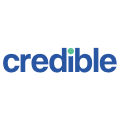 | 620 | 2 minutes | 5.38%-16.99%1 | 4.43%-16.99%1 | View disclosures |
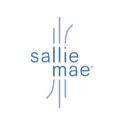 | Not Available | 15 minutes | 1.13% - 11.23%¹ (with autopay) | 3.50% - 12.60%¹ (with autopay) | View disclosures |
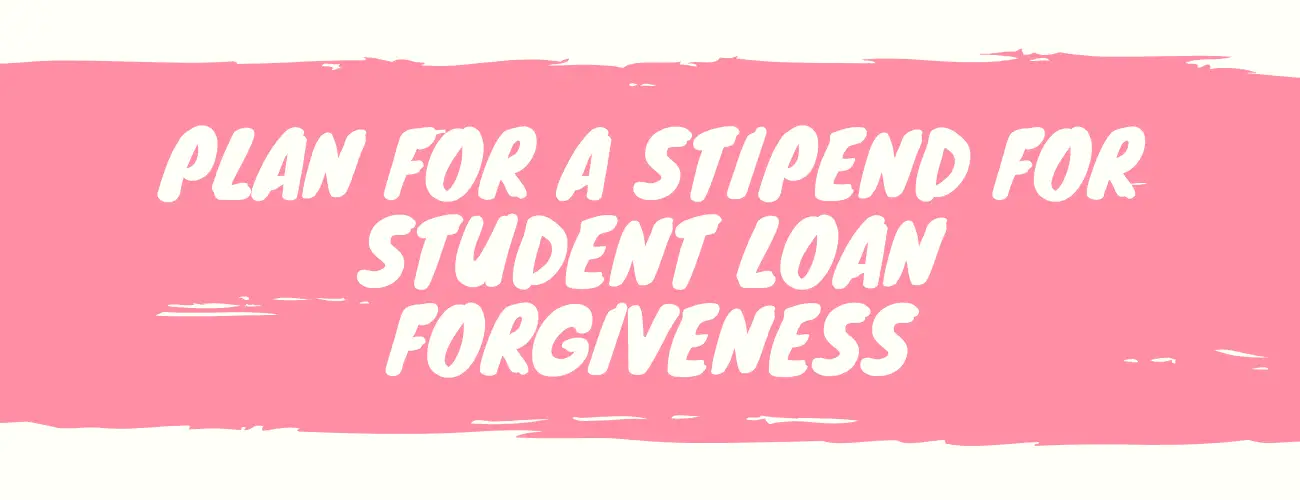
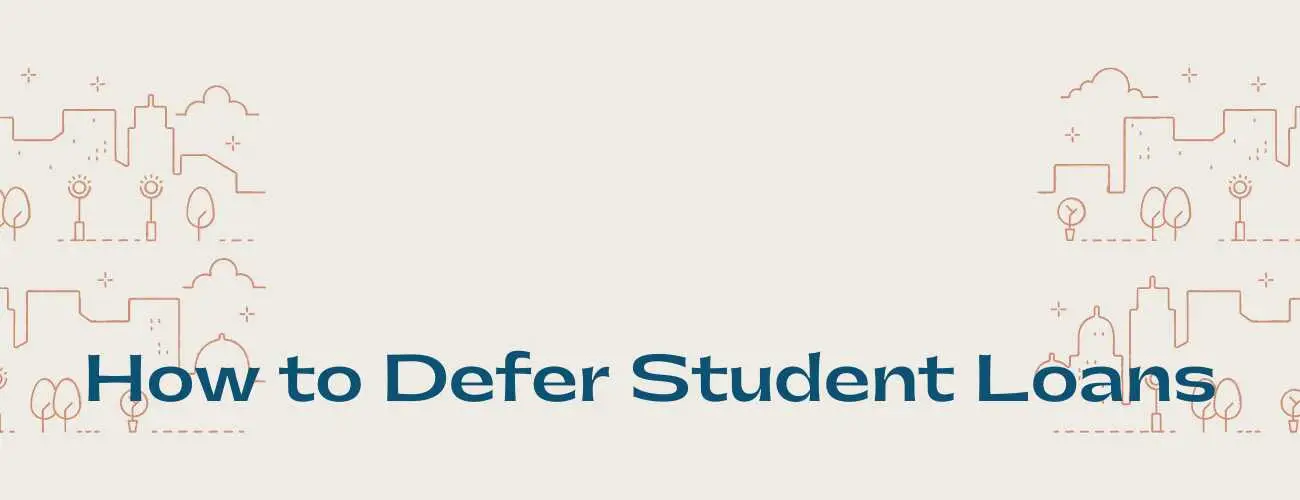
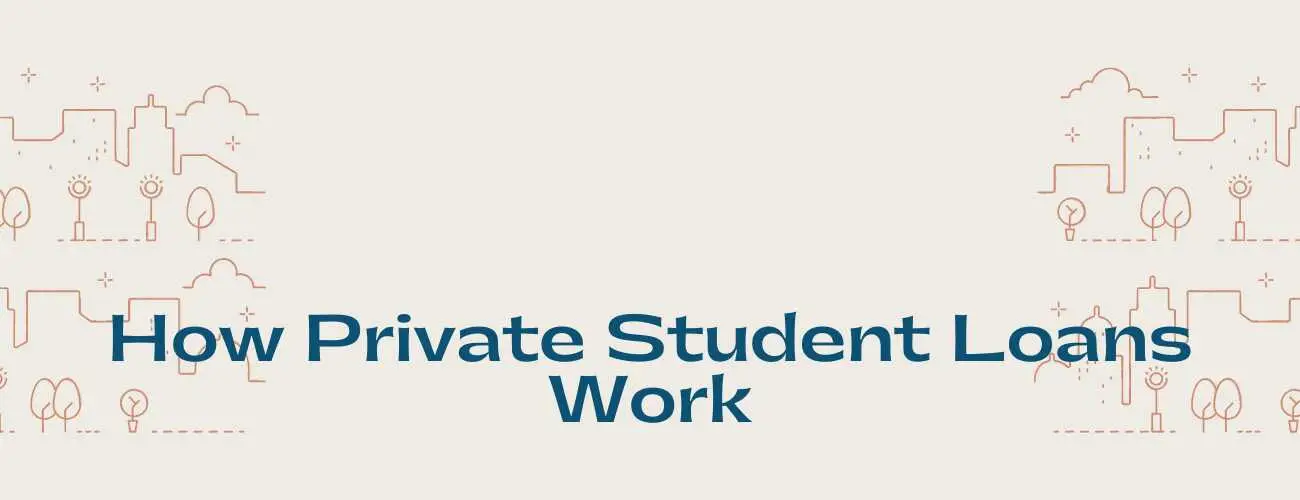
93.jpg)
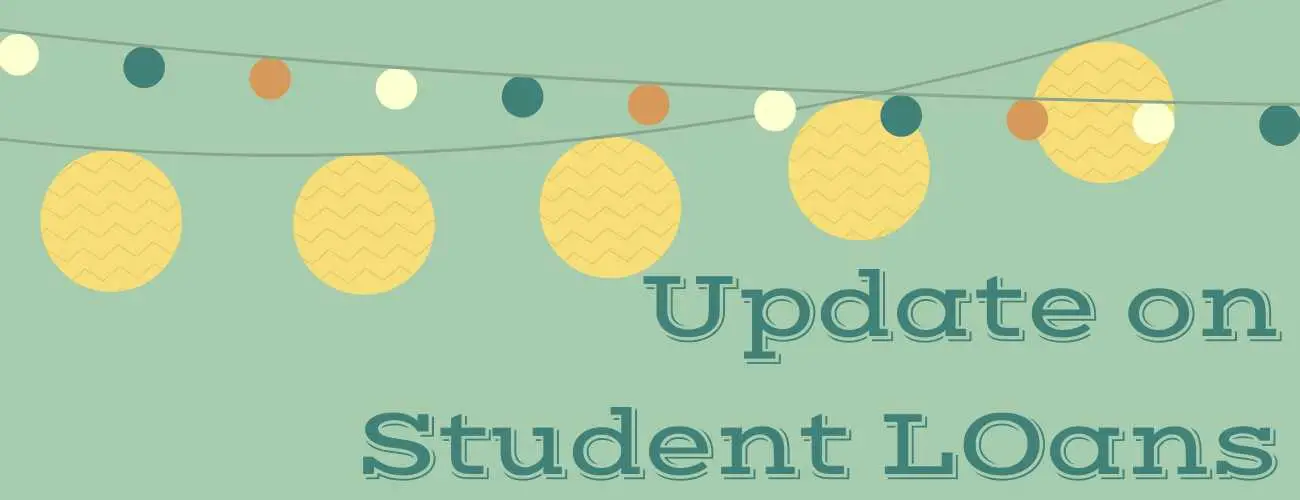
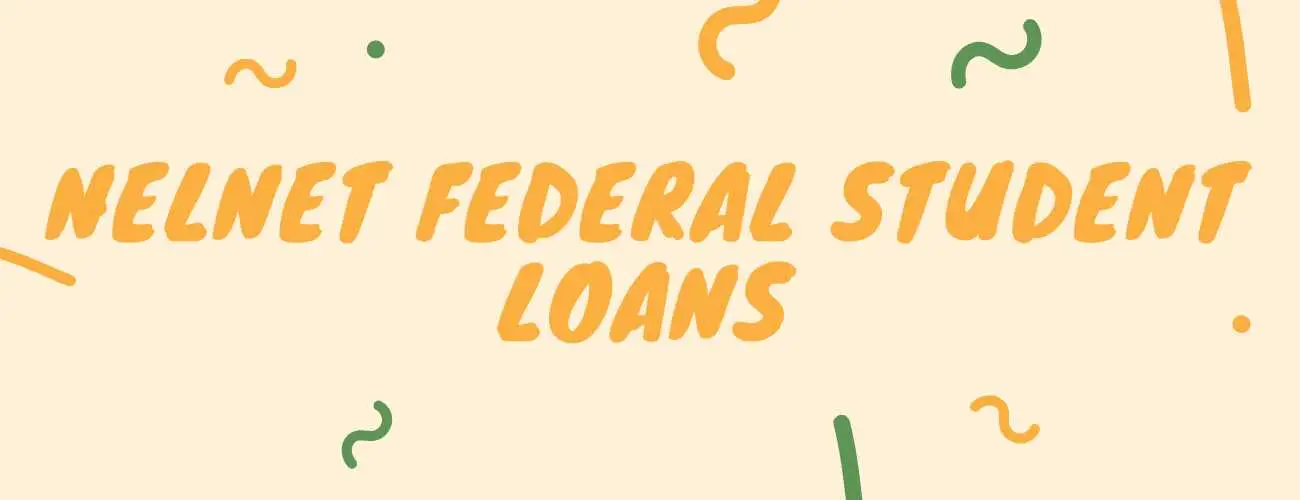
28.jpg)
